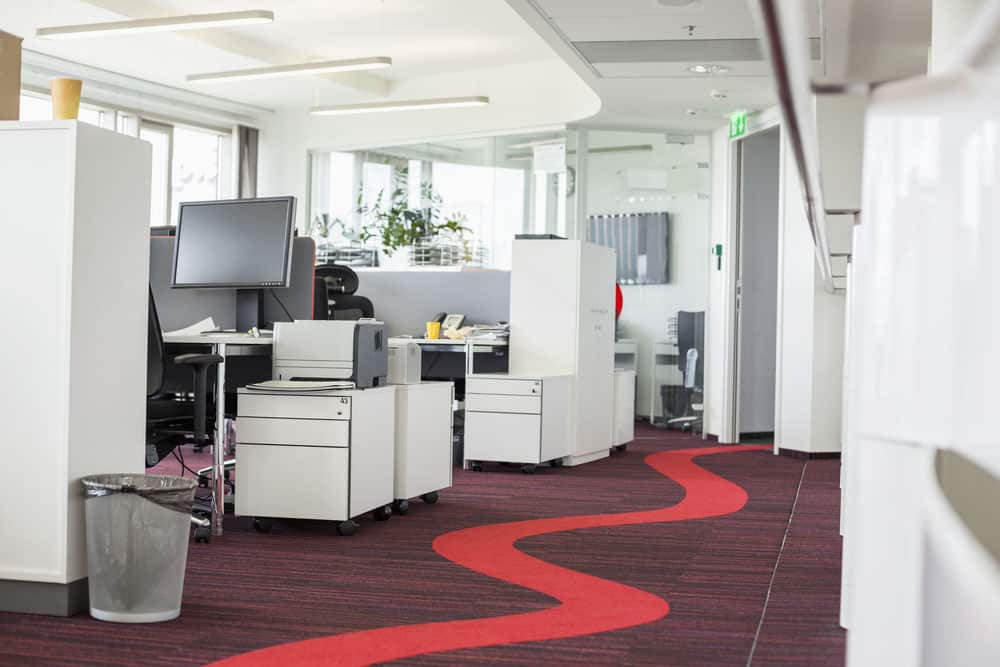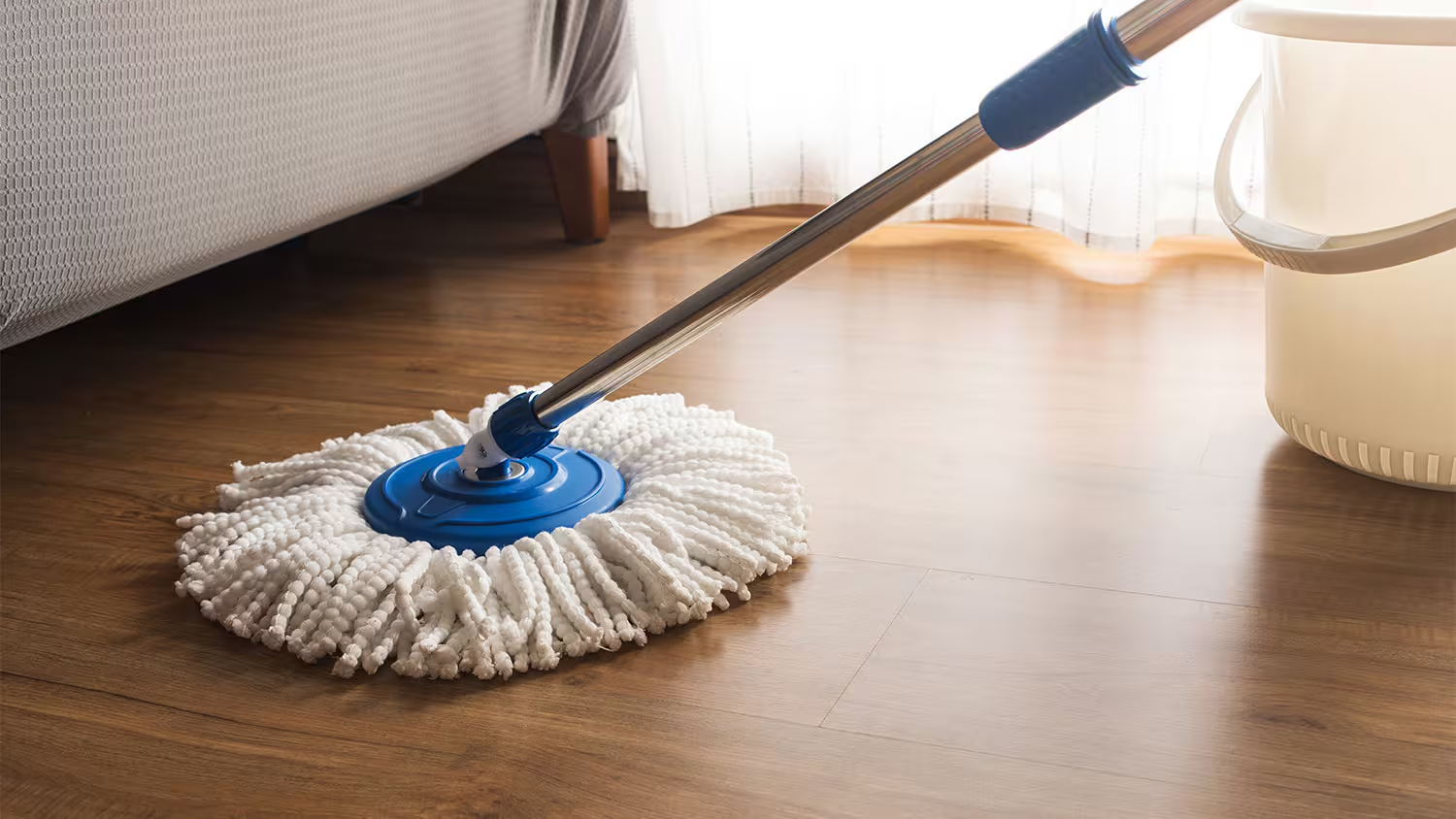Floating wood floors have entered the flooring scene with vigour, lately. However, lots of people still don’t quite know what a floating wood floor is. So where better to start, than with a definition! Floating wood floors are floors that have been installed using an innovative, effective, and easy method. Essentially, floating timber floors aren’t nailed down like traditional timber floors are. Instead, they are glued down, or simply laid in a tessellating way. The strategic approach taken to lay floating floors allows them to maintain their integrity, without the extra work that goes into nailing them in.
But how does that benefit you? Floating floors offer a wide variety of benefits, many of which are overlooked. Believe it or not, installation is a large proportion of the flooring process. So it follows that with a revolutionary approach to flooring installing, you can get revolutionary results. Let’s take a look at just what the floating installation process has to offer you.
The Floating Method Is The Easiest Way To Install A Wood Floor – That Means It’s A DIY Dream!
If you’ve had a crack at DIY flooring before, you’ll probably already be on board with the floating approach. Flooring is a tough job, and it’s made all the more difficult by the final stage: nailing. Whether you’re using a nail gun or hammering at floorboards individually, it’s hard work. It can also have a detrimental effect on your floors if it’s done too heavy-handedly. Hammer marks, misplaced nails, and frustrating asymmetry are just a few of the potentially adverse effects of DIY flooring. Floating, on the other hand, has none of that. There are two main approaches to floating timber floors: tessellation, and glue. If you opt for tessellation, undoing mistakes is easy, and free of consequence. If you take the glueing approach, correcting your mistakes is also easy – provided you do so before the glue sets. In either case, you’ve got a lot more margin for error. And as any seasoned DIY veteran will tell you, that is the key to a successful project.
Cheaper To Get Professionally Done
Of course, DIY is not for everyone. As much satisfaction as there is in staring at the product of your hard work, most people still prefer to seek some professional help. And that’s perfectly understandable. Even the floating flooring process has its difficulties for those without adequate experience, or equipment. However, for experienced floorers, with all the tools imaginable, floating installations are the best installations. Without the arduous task of fastening floorboards one nail at a time, floating installations are quick and easy. Sounds great – sure – but if you’re not installing it yourself, how does that help you? It’s simple: easier and quicker tasks are always cheaper. That means the cost of professional installation is far cheaper in floating timber floor projects. The simplicity of the process means manhours are drastically reduced.
If Your Timber Floor Is Looking A Bit Worn In Areas, Replacing It Will Be Easy With The Floating Method
Floating timber floors are still susceptible to the same wear and tear that ordinary timber floors often endure. That means you’ll still see some weary looking floorboards in high traffic areas, after a few years. However, the ease of floating installation gives you an advantage, when that time comes. Rather than redoing your entire timber floor, for the sake of a few worn spots, you can reassemble your timber floor to give those spots a rest. This is particularly applicable to floating timber floors that haven’t been glued. With those floors, it’s easy enough to disassemble parts of your floors, when necessary. So if one part of your floor is worn, you can disassemble it, and replace it easily.
But there’s a cheaper alternative still. Rather than replacing your floor, why not reconfigure it? By that, we mean move worn floorboards into discreet, low traffic areas. Then, you can move the more lively floorboards from those areas, into the prominent high traffic areas. That approach allows you to promote the even wear of your floor, and get longer out of it before restoration is required.
Floating Installation Applies To All Types Of Timber Floor – From Bamboo To Engineered Wood!
If you’re worried that the floating approach to timber floor restoration will limit your options, allow us to put your mind at ease. Floating installation is possible with a very wide variety of timber flooring materials. However, there are some that work particularly well with the floating process. For example, bamboo and engineered wood are very popular on floating floors. The reason for that is simple, too. Bamboo and engineered wood are manufactured using state of the art processes and equipment. As a result, it’s easy to engineer them in a way that promotes their suitability for the floating process.
For example, engineered and bamboo timber floorboards are often made with a narrow timber rail extending lengthways along one edge, and a corresponding indent along with the other. The rail on one floorboard, therefore, slides perfectly into the indent along an adjacent floorboard. That has a locking effect, which binds the floorboards together. With that design, it’s easy to install the timber flooring using the floating method. It’s also a guarantee of strength, and stability!
Enjoy The Luxury Of Natural Wood, Without The Cost
Natural timber flooring is often a little on the pricey side. That places it out of reach for some homeowners. However, with creative materials selection, and floating installation, you can cut costs considerably. That places timber flooring well within the reach of almost all budgets. With innovative timbers such as bamboo and the quick and easy installation of the floating process, you can enjoy the beauty of natural wood floors without the cost! To learn more about floating timber floors, and how they work, have a chat with some flooring specialists. They will run you through the different options available to you, and the costs associated with each.
For all your flooring needs, get in touch with the experts at Bennetts Carpets today on 1300 653 314.






